[updated December 2023]
We’re approaching 2024, and it’s safe to say that almost everything on this planet is equipped with sensors. From vehicles and smartphones to heavy machinery and office equipment. Everything has sensors except for the most complex and most amazing tool of all; Our body, our brain and our heart. The tool, however, does exist, it’s simply not utilized to the extent that it should be. That tool is Heart Rate Variability (or HRV). And in this article, we will discuss the benefits and debate the best HRV monitor in 2023 and the coming years.
If you’d just like to see the list of best HRV monitors, you can skip ahead. But it’s crucial to explain the importance and the necessity for people to start monitoring their HRV on a daily basis.
HEALTH TECHNOLOGY IN 2024 | WELCOME TO THE FUTURE
A heart rate variability monitor has many applications. It’s simply the best and most accurate indicator of your internal health and your body’s resiliency to external stressors. It’s kind of like a check engine light for your heart. Or a virus scanner on your computer. Your HRV score or number will give a quick snapshot of how body is operating at any point in time.
For an in-depth article on heart rate variability, read more here
The most optimal way of measuring heart rate variability is using an electrocardiogram (ECG / EKG). Though not many consumer products have this feature, it’s something you need to consider the importance of when choosing the best HRV monitor for yourself.
Most products that have an HRV feature use a standard optical sensor. This is the same sensor used to detect BPM. Companies simply repurpose the data and present you with an HRV value.
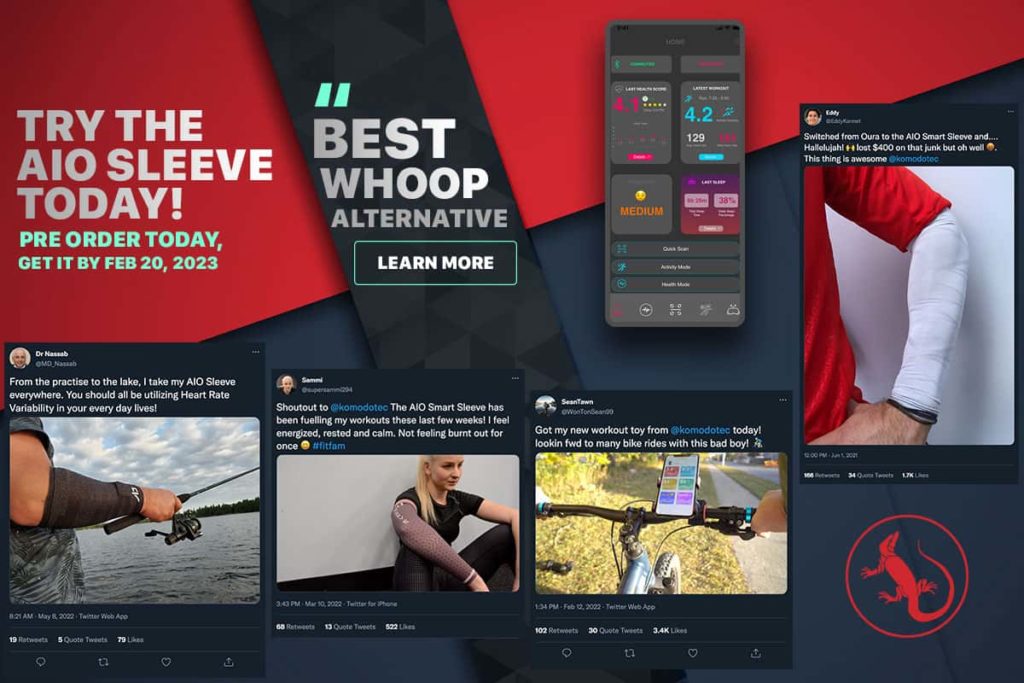
HOW TO MEASURE HRV AT HOME
Different companies will also have different ways of showing you your HRV result. For example, Apple and Fitbit both use milliseconds (ms) to show HRV. It’s very complicated and confusing. Whoop on the other hand shows you a score, based out of 100. Like a grade. Then there’s KOMODO Technologies with the AIO Smart Sleeve, which shows a score based on 5 stars.
Ideally, you want to see a high HRV. High is good and low is bad. But the questions we get most often is: how do I know what is affecting my HRV? And just because our bodies are complex, doesn’t mean the solution has to be. The answer is, you need to pay attention to your body, and what you are doing throughout the day.
There are many variables than can have an effect on heart rate variability. This includes your exercise routine, foods you eat, stress, the weather, sleep quality and the list goes on. We’re going to try to help isolate those variables to show how to easily use HRV in your daily lives. Also to show you what an amazing tool HRV is and to help you find the best HRV monitor makes your 2023 your healthiest year yet.
Here are the top 10 most common HRV questions, Answered: Read Article
HRV WHILE SLEEPING
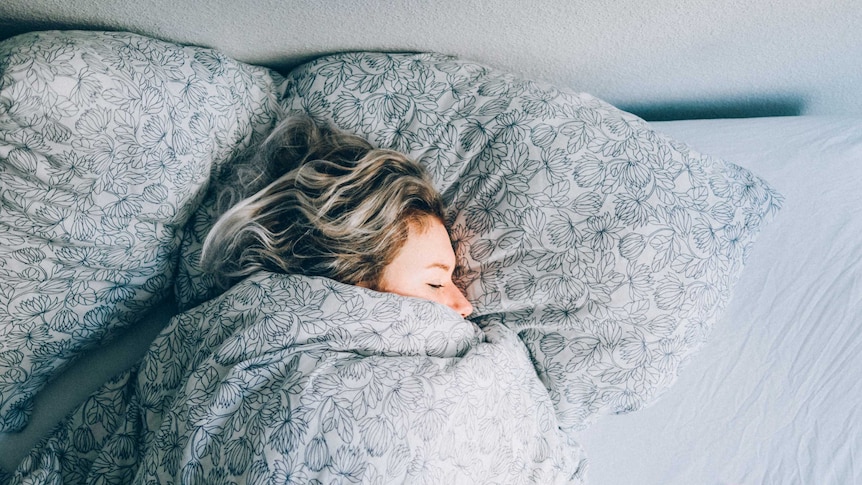
Ever since Joe Rogan had sleep expert, Matthew Walker on his podcast, the “Sleep” industry exploded. To be fair, it was already a lucrative consumer market but new products and research come out every year. Among these products are sleep monitoring and sleep analytics wearable devices. And 99% of these wearable sleep trackers simply use motion during your sleep to determine sleep quality.
These products usually breakdown sleep in 4-6 stages of light to heavy (deep) sleep. While this is a good start, it does not provide a full picture. No matter what they want you to believe. Things like restricted breathing, bad posture and anxiousness will not appear on the movement chart. HRV has a higher chance on catching irregularities caused in the heart and brain.
HOW IT WORKS
After you have figured out your baseline HRV, you can determine the quality of sleep that you are getting. Let’s use the scoring system of the AIO Smart Sleeve for this example (which is based on 5-star system).
Let’s say your baseline (average) HRV is 4.2, you know that if you wake up with a lower HRV, it was probably not the best sleep. Moreover, HRV is typically highest in the morning (morning readiness). If you measure your HRV each morning, you know what your average will and should be. You will also know when your sleep is being optimized if that number gets better and increases your baseline overall.
NORMAL HRV WHILE SLEEPING
There technically is no normal, or standard HRV score while sleeping. It will all depend on the person. The great thing about HRV, is that it’s unique to you. You shouldn’t be competing with others, rather you should be improving yours every day.
BEST AT HOME FOOD SENSITIVITY TEST | DIET OPTIMIZATION
HRV is by far the best at home food sensitivity test that you will find. That is, if you are using it correctly. Heart rate variability will show you if your body is ‘not agreeing’ with a certain type of food.
Here’s how that works. When talking about heart rate variability, it’s best to break things down into two types of stressors: 1) physical stressors and 2) mental stressors. The first would include things like exercise and eating. When you eat, it’s a physical action and garners a physical response from your body. Now the latter would include anxiety, restlessness, nervousness, etc.
HOW TO MEASURE FOOD INTOLERANCE
So, intuitively, your HRV will ALWAYS go down after you eat. Now what’s important is how quickly your HRV jumps back to baselines. In other words, how fast do you recover from the food you eat. It’s probably safe to say you would recover quicker from an apple (give there’s no allergies), than you would from a Double Whopper meal.
Somewhere in the middle is the food you eat. Figure out what agrees with your body and what doesn’t. If HRV is lowered for a significant period of time after eating a particular food, considering removing it from your diet. Some people have a garlic intolerance. Some have banana and avocado intolerance. The only true way to find out is by testing it with heart rate variability.
A TRUE WORKOUT / FITNESS MONITOR

The old ways of Fitbit and their step trackers and heart rate monitors are now a thing of the past. There are now much more sophisticated tools that can help optimize your workouts. And one of those tools is heart rate variability.
Recovery and body optimization is actually one of the most researched topics when it comes to HRV. Tracking HRV allows you to track progress of your recovery, prevent prolonged tiredness, improve energy levels and avoid great harm to your body.
HRV AND EXERCISE
While basic exercise monitors will track stats of your workout for 1 hour while you’re at the gym, HRV will ensure your healthy the other 23 hours.
HRV always drops during and after exercise. Much like the prior example we had with food. While you start recovering, your HRV will start going up towards your baseline. You need to make sure not to add more stressors on to your body during this time because it will impede the recovery process.
How long the recovery takes will depend on your workout. But you must track your heart rate variability hours after your exercise until the strain is gone. The best HRV monitor for this job would be either WHOOP or the AIO Smart Sleeve.
HEART RATE VARIABILITY AND STRESS
For the longest time, stress was considered to be an excuse. You have to work out till you puke and work 7 days a week. That’s how you get ahead, right?
It’s actually very, very WRONG. There is a diminishing return to overworking. Some might have the capacity to work or work out and not get tired. Others don’t. Also, everyone has their own unique stressors. i.e. the source of stress.
While the 21st century has brought to the forefront the concept of stress and the fact that it’s real. There was still no real way to measure it. That is, until HRV came along and became available to every individual.
HOLISTIC SCIENCE
Quite the interesting concept. Holistic science. The two seem to be polar opposites and the term itself is oxymoronic. But holistic practices such as meditation, deep breathing and practicing mindfulness have shown to reduce stress in people. You no longer have to take people’s word for it, you can try it yourself and check how it affects HRV.
It’s a pretty fun exercise. When you notice a below normal HRV, record again right after but the second time perform simple diaphragm exercises. Take a slow, deep inhale, wait a few seconds, and release. Do it for the extent of the HRV scan, granted your HRV monitor has a timer.
Almost guaranteed, your HRV will be higher. The common mindfulness exercises for anxiety and other stress show a short-term improvement in your internal health. It proves that HRV works, however, for long term health you’ll need to work a bit harder.
Fitbit has made an attempt to create their version of KOMODO’s Stress Level. It’s called Stress Management Score, by Fitbit. It sounds a whole lot better than it actually is, because no one really knows where the data is coming from. We’ve investigated their products, see what we found here. But due to all of the Fitbit loyalists, it most likely won’t matter to them and they will continue to purchase their products.
BEST HRV MONITOR FOR YOU, IN 2023 AND BEYOND
POLAR

The Polar Beat Heart Rate Monitor is now more than just a BPM tracker. They also track HRV now. The product has been a staple among athletes for many years and continues to be that way. Though it’s not a heavily advertised feature among their products, they do have it.
AIO SMART SLEEVE HEART RATE VARIABILITY MONITOR
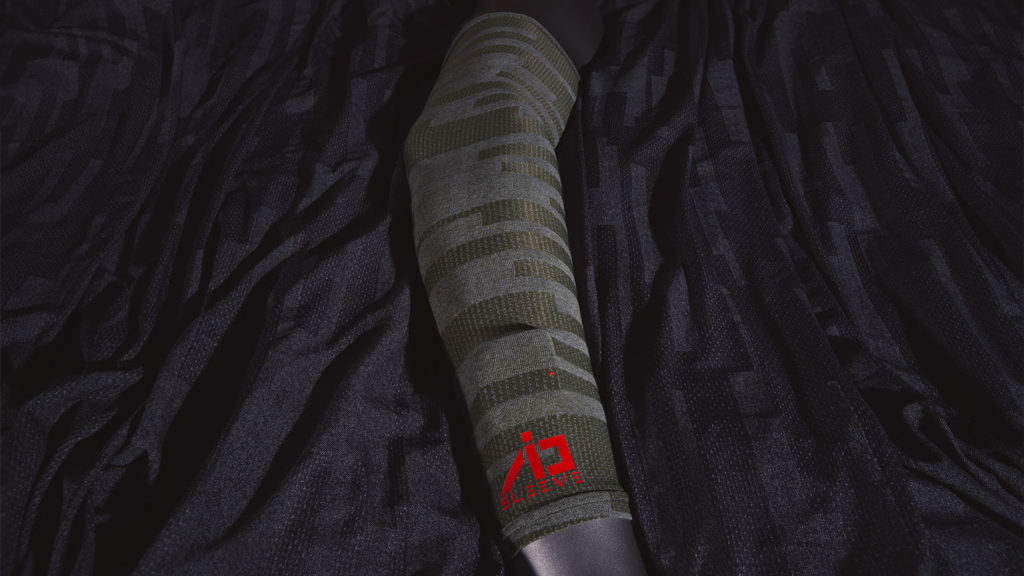
Perhaps the most unique wearable that you will see. The AIO Smart Sleeve is a smart compression sleeve with a built-in device, loaded with sensors. It’s the only product on the market that uses ECG / EKG to come up with an HRV score.
Aside from being a top EKG monitor, it has a dedicated app to heart rate variability. The home screen shows your HRV trends and your stress level. When you record your HRV you can select from the list of events. Events include morning readiness, before work, before workout, after food, etc. This way you can get a clear breakdown of your HRV by event. Kind of like an AI machine for you own health that’s quite easy to follow.
If you aren’t attached to the smart watch or bracelet concept, the AIO Sleeve is the best HRV monitor on the list
OURA
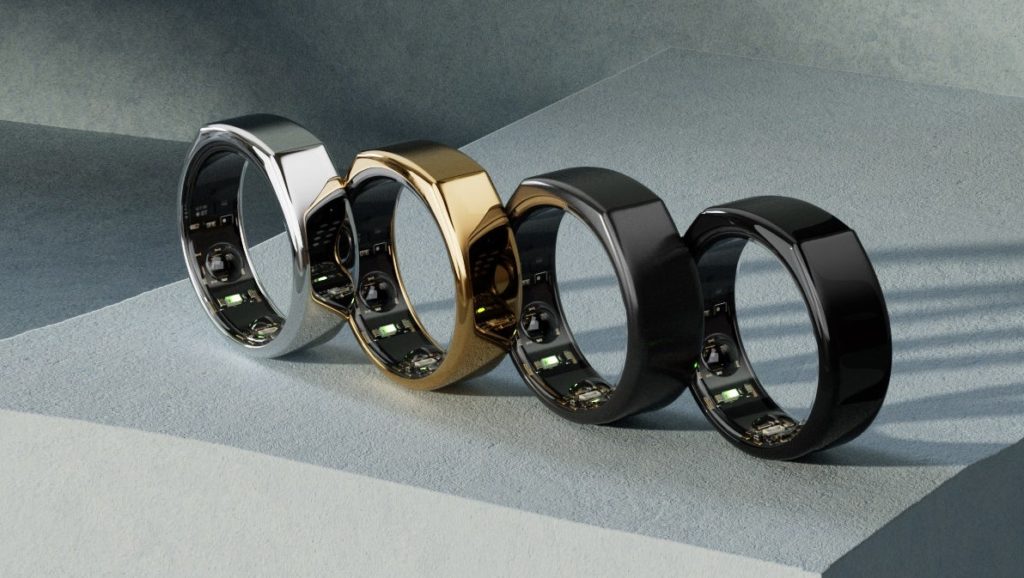
It’s a world class heart rate variability monitor. Oura is the best wearable sleep tracker on the list. As mentioned earlier, it’s important to gather many data sets from ones sleep. Not just movement / motion. OURA does a great job of this. Capturing many different sleep zones as well as heart rate variability.
The company, like most others, uses an optical sensor to gather HRV data. However, they claim that because it’s a ring, it is more accurate than wrist-based wearable products. According to studies they’ve conducted, the sensors is more reliable when used on the finger than on the wrist because the artery is closer and that provides a larger wave-length.
WHOOP

Finally, there’s WHOOP. No shortage of commercials and sponsors for these guys. They created one of the first HRV monitors that’s dedicated to workout and recovery. They are not on version 4.0. And instead of HRV, they use the term “strain” along. Which is great, and accurate.
In this article we used “stressors” and with WHOOP it’s no different. The WHOOP HRV Strap makes an attempt to reduce the overall strain on your body. Whether it’s at the gym, or at home when you are recovering.
CONCLUSION
The best HRV monitor will really depend on your needs and preferences. We hope there’s enough information here for you to make the right decision. No matter which product you get, we hope you get on board the HRV train!

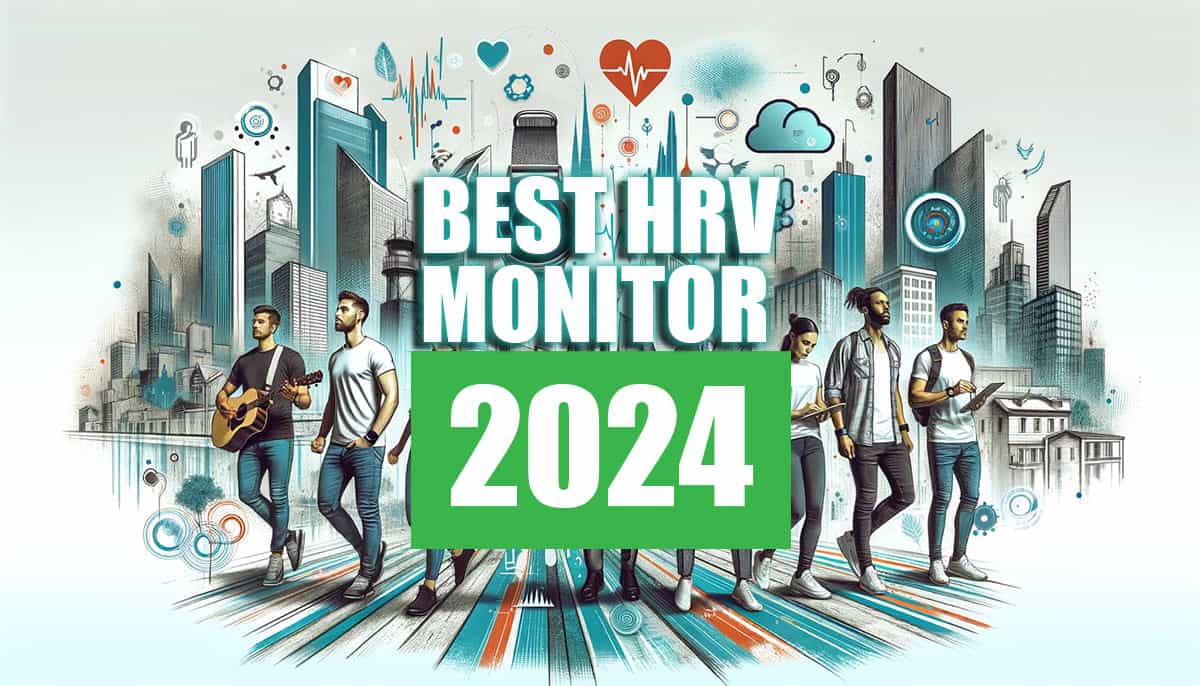
I’m using the Oura ring and while I can see a chart of my HRV while I was asleep, there does not seem to be any way to view HRV live, or see a chart from during the day. Support did not find it either. Are you aware of some way to use Oura ring to see HRV other than after a nights sleep? I was disappointed as I had thought Oura was going to be useful for measuring how various activities affect HRV but it doesn’t seem to be able to do that.
What are the best HRV monitors for checking Heart rate variability due to food/food allergies and other environmental allergy input, heart rate monitoring for exercise not that important
Thankyou
I am using Polar OH1 for heart rate monitor sync to Android Polar Beat. So far I am not aware of HRV measurement in the Polar Beat App. If it’s there, please tell me how to do it. Thanks alot.
Polar call it “Fitness Test” under “Upgrades” in the menu on the app. It’s an on-demand test that requires you to lie still for five minutes and then gives you both a “score” and a rating. It’s not clear how that’s possible or relevant as each reading should be compared to a personalised baseline, not a population average.
Thank you for the additional info!
Which is best for accuracy whilst tracking an activity? Whoop is terrible when worn on the wrist when carrying an activity where your arm moves erratically. How does the AIO perform?